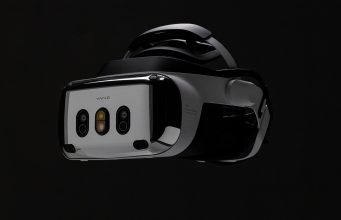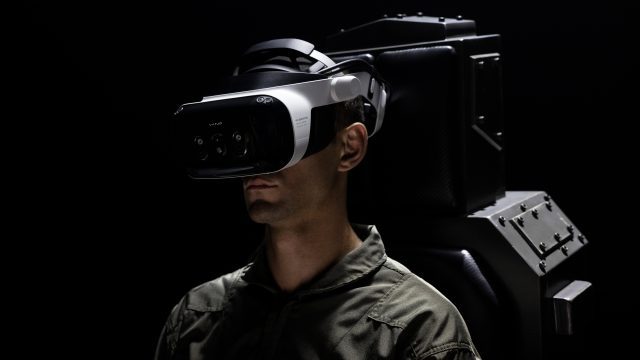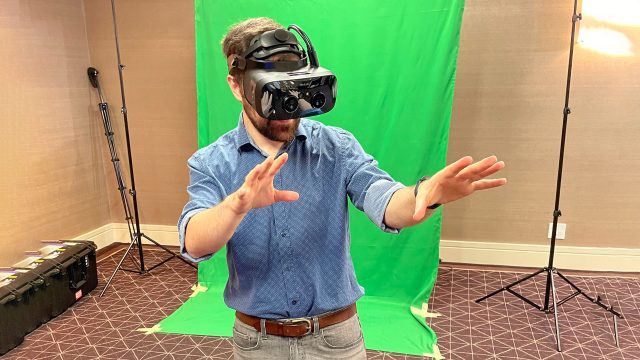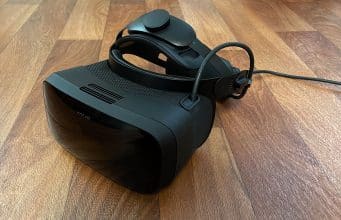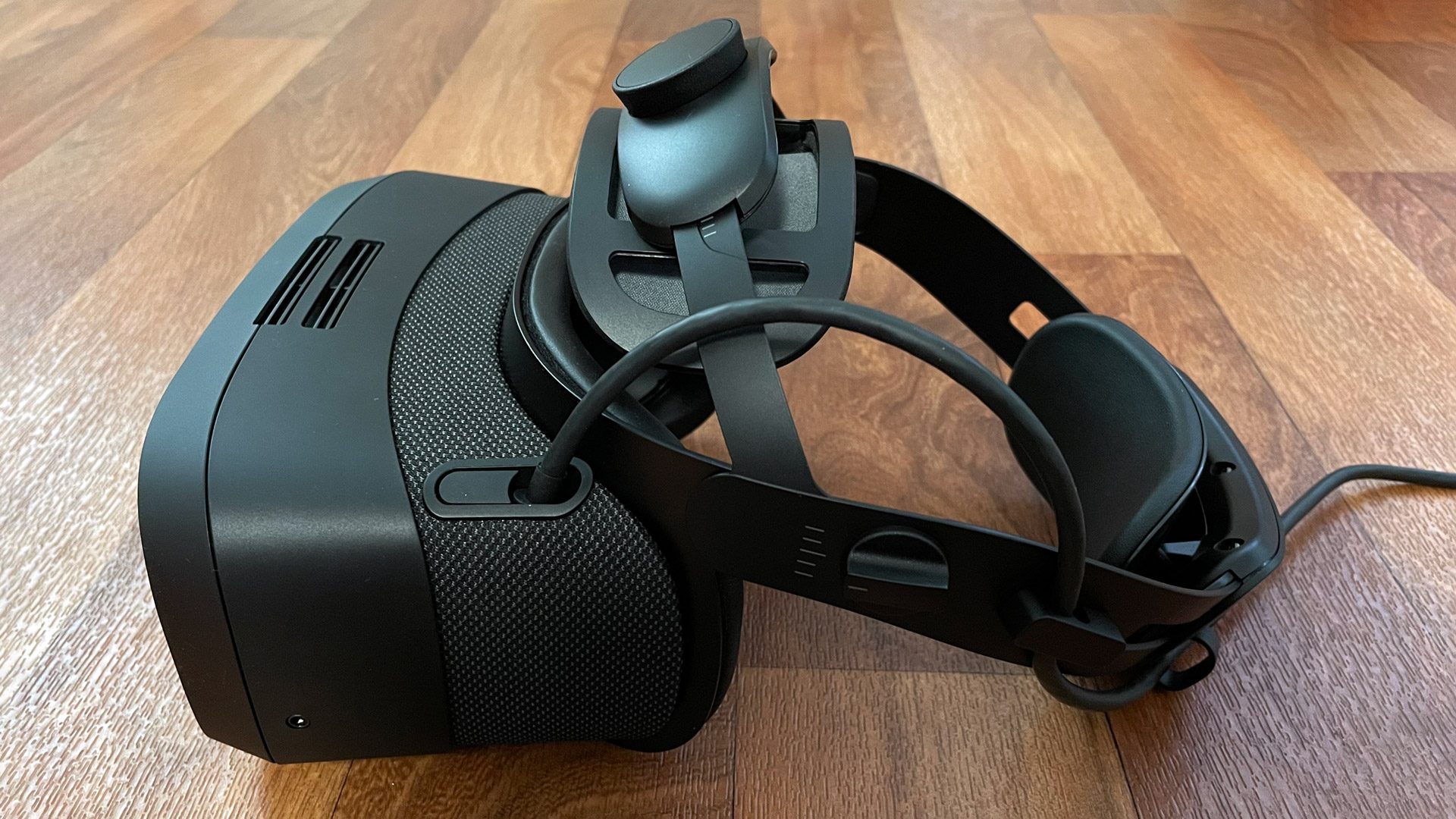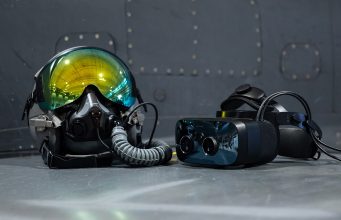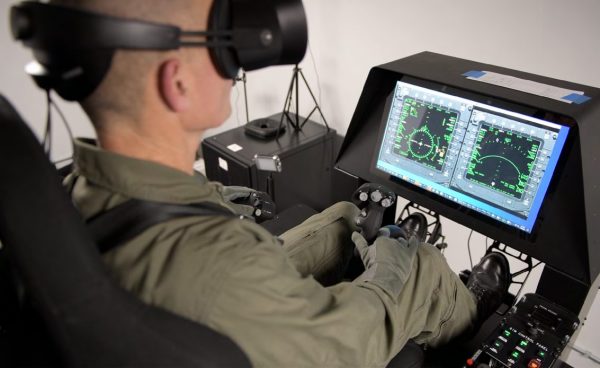Varjo Reveals XR-4 Headset, Claiming Mixed Realty Visuals “indistinguishable from natural sight”
Varjo has announced its latest high-end enterprise headset, the XR-4. The company is going all out on the headset’s mixed reality capabilities, saying that the view of the outside world as seen through the headset is “indistinguishable” from how the world appears with your own eyes.
That’s a seriously lofty claim, but Varjo hasn’t made a habit of hyperbole. We’ll wait until we can actually look through the headset ourselves, but clearly the company is confident in what it’s built.
But not every XR-4 headset will have what the company says is a passthrough view with a whopping 51 pixels per-degree resolution. Only the more expensive variant—the ‘Focal Edition’, priced at $10,000—will reach that peak visual quality thanks to an eye-tracked auto-focus system which adjusts the cameras to keep the world in sharp focus wherever you’re looking around the scene.
A look at the mixed reality view through Varjo XR-4 (captured through the headset’s cameras, but not lenses)
The considerably less expensive XR-4 standard edition, priced at $4,000 nixes the auto-focus system and delivers only 33 pixels per-degree (though this is still very high resolution passthrough compared to the majority of headsets you can buy today).
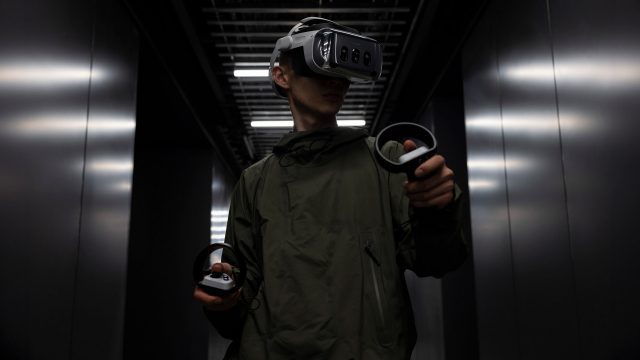 Achieving such a high resolution mixed reality view has required that the headset also includes some pixel-packed displays. With XR-4 the company is also moving fully to inside-out tracking as the default, along with built-in audio, and the company’s own controllers.
Achieving such a high resolution mixed reality view has required that the headset also includes some pixel-packed displays. With XR-4 the company is also moving fully to inside-out tracking as the default, along with built-in audio, and the company’s own controllers.
Let’s look at the spec breakdown here:
Varjo XR-4 Specs, Price, Editions, and Release Date
XR-4 Focal Edition |
|
Visuals |
|
| Display | 2x mini-LED (200 nits with local dimming), 96% DCI-P3 colors |
| Resolution | 3,840×3,744 (14.4MP) |
| Pixels Per-degree (claimed) | 51 |
| Refresh Rate | 90Hz |
| Optics | Full-dome aspheric |
| Field-of-view (claimed) | 120° × 105° |
| Pass-through view | Yes (51 PPD) |
| Optical Adjustments | IPD (automatic) |
| IPD Adjustment Range | 56–72mm |
Input & Output |
|
| Connectors | 1x DisplayPort, 1x USB-C |
| Input | XR-4 controllers |
| Audio | In-headstrap speakers, 3.5mm aux port |
| Microphone | Dual-microphone |
| Weight | 665g (headset) + 356g (headstrap) |
Sensing |
|
| Headset-tracking | Inside-out (no external beacons), SteamVR Tracking (external beacons) [optional] |
| Controller-tracking | Headset-tracked (headset line-of-sight needed) |
| Eye-tracking | Yes (200Hz) |
| Expression-tracking | No |
| On-board cameras | 6x tracking, 2x RGB (20MP) eye-tracked auto-focus |
| Depth-sensor | LiDAR (300 Kpix) |
Price |
|
| MSRP | $10,000 |
This is the XR-4 ‘Focal Edition’ which includes eye-tracked auto-focus passthrough cameras to achieve the claimed 51 PPD passthrough resolution. The ‘standard edition’ XR has nearly identical specs, except without the auto-focus camera, the company says the headset’s passthrough resolution drops to 33 PPD.
As for pricing, while the Focal Edition is seriously pricey, the standard edition is actually cheaper than its predecessor; the XR-3 was priced at $5,500 for the headset alone, plus a required $1,500 annual support charge. XR-4 standard edition meanwhile is priced at $4,000 and does not require an annual support charge.
Varjo is also making two ‘Secure Edition’ variants of the XR-4 (which mirror the specs of the Focal Edition and standard edition, but these are TAA compliant and can be ordered without any wireless radios (this is for particularly niche applications where data security is critical, for instance in military applications). These are priced even higher, at $8,000 and $14,000 respectively.
The headset-tracked controllers are made in partnership with Razer, which has previously dabbled with various VR accessories.
Varjo says the XR-4 will begin shipping by the end of 2023.
